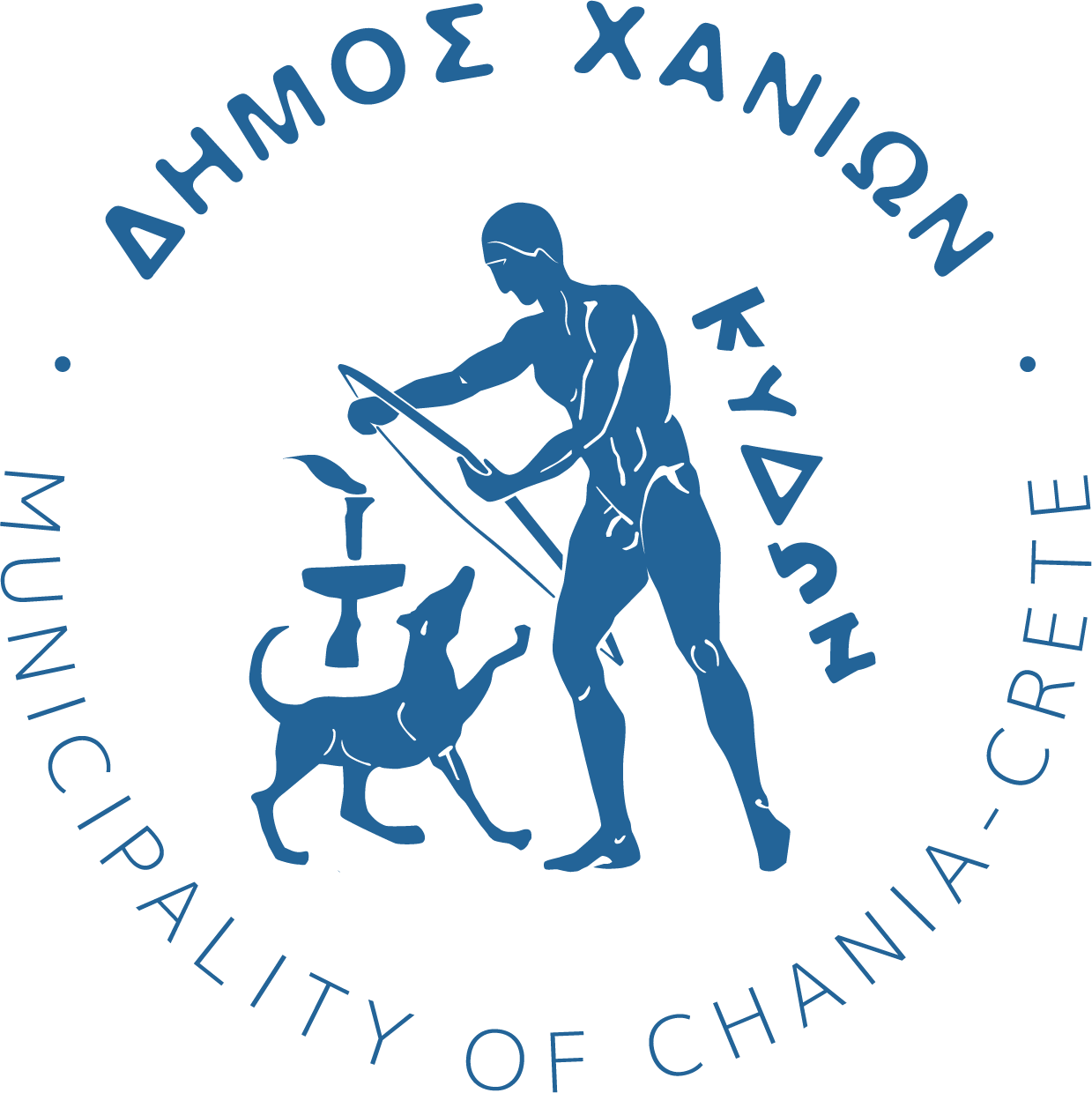The settlement excavated in the city of Chania, centered on Kasteli hill, is the most important in the prefecture. Large houses with well-built rooms, well-kept floors with circular pits – hearths, walls plastered with deep red mortar, regular doorways and ceramic products of excellent quality indicate that this is a major Proto-Minoan centre.
This settlement is the most important in western Crete.
Its location is ideal, because not only is it adjacent to the sea, but it is also surrounded by the rich plain of Chania, thus meeting all the conditions for the development of both agriculture and fishing and maritime trade. This was confirmed by the extensive excavations that began in 1964 in the square of Saint Aikaterini and continue to this day, always with many difficulties, limited to the few free spaces of the densely populated area.
The hill was continuously inhabited from Proto-Minoan times to the present day, with the result that the excavated layers are very numerous and often very thin in thickness, which creates insurmountable difficulties in their dating and identification, so that the excavations in this area are considered among the most difficult of their kind.
During the following Middle Minoan period (first half of the second millennium BC), the settlement of Chania developed into a dynamic center. It is the period in which the first palatial facilities appear in Crete. While the economy remains agricultural, trade and shipping are developing at the same time. Trading posts are established outside the island and colonies are established. Such a relationship connects Crete with the nearby island of Kythira. The similarity of the pottery from Kasteli and Kastri of Kythira is characteristic. The Chanio ceramic workshop produces products that follow the rhythms of central Crete (dark on light, light on dark, rough rhythm, chamber rhythm), while there is no shortage of ceramics imported from the rest of Crete.
Unfortunately, the Middle Minoan building phases of the Kastelli settlement have been destroyed by the extensive building activity in the immediately following periods and very few remains have survived.
Building remains of both the Proto-Minoan and Middle-Minoan times that have been identified in various places in the current center of the city of Chania (Municipal Market area and further east) perhaps indicate a modular structure of the prehistoric settlement, while its center always remains the hill at the Old Port.




